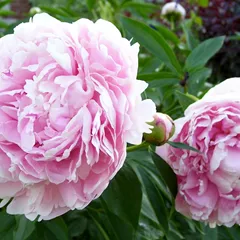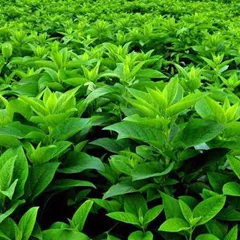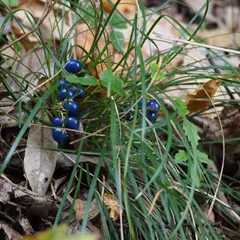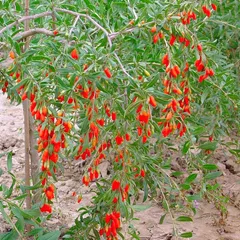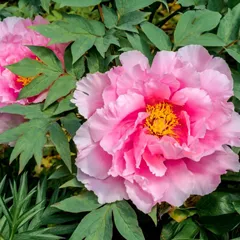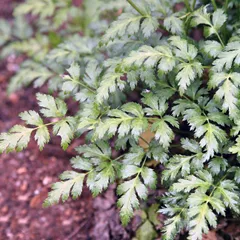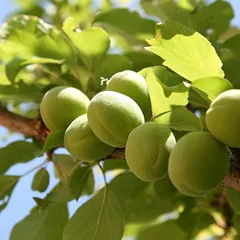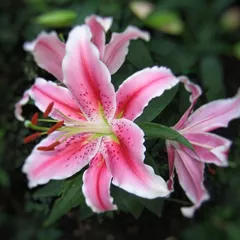Liang Di Tang
Liang Di Tang
Chinese: 两地汤
Pinyin: Liǎng Di Tāng
Other names: Two 'Di' Decoction
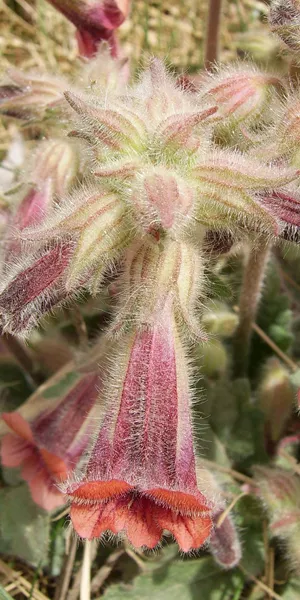
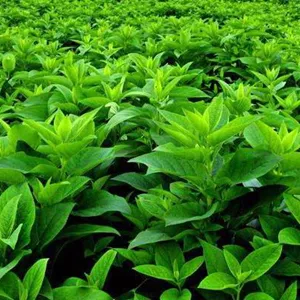
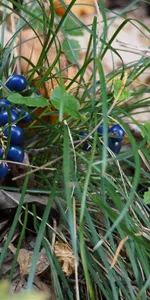
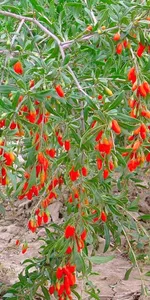
Liang Di Tang
Liang Di Tang
Chinese: 两地汤
Pinyin: Liǎng Di Tāng
Other names: Two 'Di' Decoction
Number of ingredients: 6 herbs
Formula category: Formulas that nourish Yin and tonify
Conditions for which it may be prescribed: Prolonged periodsEarly menstruationIntermenstrual bleeding and one other condition
- Nourishes Yin
- Cools Blood
- Stop bleeding
Source date: 1826 AD
Source book: Fu Qing Zhu's Gynecology
The information provided here is not a replacement for a doctor. You shouldn't use it for the purpose of self-diagnosing or self-medicating but rather so you can have a more informed discussion with a professional TCM practitioner.
Liang Di Tang is a 6-ingredient Chinese Medicine formula with Unprepared Rehmannia (Di Huang) as a principal ingredient.
Invented in 1826 AD, it belongs to the category of formulas that nourish Yin and tonify. Its main actions are: 1) nourishes Yin and 2) cools Blood.
In Chinese Medicine health conditions are thought to arise due to "disharmonies" in the body as a system. These disharmonies are called "patterns" and the very purpose of herbal formulas is to fight them in order to restore the body's harmony.
In this case Liang Di Tang is used by TCM practitioners to fight patterns like Heat in the Blood, Kidney Yin Deficiency or Kidney-Deficiency. From a Western Medicine standpoint, such patterns can give rise to a range of conditions such as early menstruation, abnormal uterine bleeding or prolonged periods for instance.
On this page, after a detailed description of each of the six ingredients in Liang Di Tang, we review the patterns and conditions that Liang Di Tang helps treat.
The six ingredients in Liang Di Tang

Di Huang is a king ingredient in Liang Di Tang. Like the name indicates, it means it has more power than other ingredients in the formula.
1. Unprepared Rehmannia (Di Huang)
Part used: Prepared dried root tuber
Nature: Cold
Taste(s): Sweet
Meridian affinity: HeartKidneyLiver
Category: Herbs that cool the Blood
In general Di Huang's main actions are as follows: "Expels Heat by Cooling Blood. Tonifies Yin by promoting Fluid production. Soothes the Heart by calming Blazing Fire. Cools and nourishes."
In the context of Liang Di Tang, it is used because it nourishes Yin, cools Blood and therefore stops bleeding.
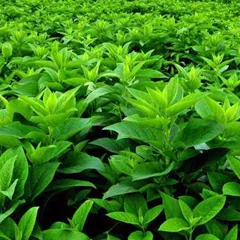
2. Ningpo Figwort Roots (Xuan Shen)
Part used: Dried rhizome
Nature: Cold
Taste(s): Bitter
Meridian affinity: Large intestineLiverStomach
Category: Herbs that cool the Blood
In general Xuan Shen's main actions are as follows: "Expels true or Internal Heat and cools the Blood. Tonifies the Yin. Reduces inflammations and drains Fire toxicity. Reduces hard nodules, especially associated with the lymph."
In the context of Liang Di Tang, it is used because it nourishes Yin, cools Blood and therefore stops bleeding.
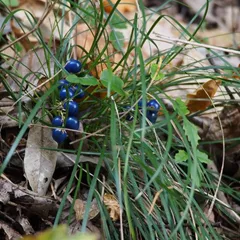
3. Dwarf Lilyturf Roots (Mai Dong)
Part used: Dried root tuber
Nature: Cool
Meridian affinity: HeartLungStomach
Category: Tonic herbs for Yin Deficiency
In general Mai Dong's main actions are as follows: "Replenishes Yin Essence and promotes secretions. Lubricates and nourishes the Stomach. Soothes the Lung. Nourishes the Heart."
In the context of Liang Di Tang, it is used because it nourishes Yin.
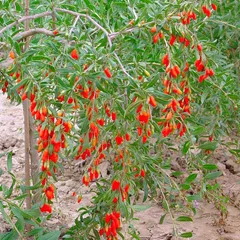
4. Goji Tree Root Bark (Di Gu Pi)
Part used: Dried root bark
Nature: Cold
Taste(s): Sweet
Meridian affinity: KidneyLiverLung
Category: Herbs that cool the Blood
In general Di Gu Pi's main actions are as follows: "Clears Yin Deficient Heat;. Clears Lung Heat and stops cough. Cools the Blood when there is reckless movement of Blood. Drains Fire when Kidney Water is unable to control Fire."
In the context of Liang Di Tang, it is used because it clears Empty Heat.
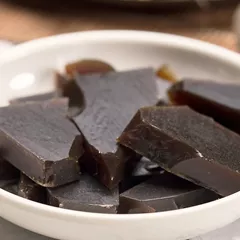
6. Donkey-Hide Gelatin (E Jiao)
Part used: Solid glue prepared from the dried or fresh skin of donkeys
Nature: Neutral
Taste(s): Sweet
Meridian affinity: KidneyLiverLung
Category: Herbs that invigorate the Blood
E Jiao nourishes Blood, which helps to nourish Yin. It also calms Blood and therefore helps to stop bleeding
Conditions and patterns for which Liang Di Tang may be prescribed
It's important to remember that herbal formulas are meant to treat patterns, not "diseases" as understood in Western Medicine. According to Chinese Medicine patterns, which are disruptions to the body as a system, are the underlying root cause for diseases and conditions.
As such Liang Di Tang is used by TCM practitioners to treat four different patterns which we describe below.
But before we delve into these patterns here is an overview of the Western conditions they're commonly associated with:
Early menstruation Abnormal uterine bleeding Prolonged periods Intermenstrual bleeding
Again it wouldn't be correct to say "Liang Di Tang treats early menstruation" for instance. Rather, Liang Di Tang is used to treat patterns that are sometimes the root cause behind early menstruation.
Now let's look at the four patterns commonly treated with Liang Di Tang.

Blood (Xue) is one of Chinese Medicine's vital subtances. Learn more about Blood in Chinese Medicine
Heat in the Blood
Pulse type(s): Rapid (Shu)
Tongue color: Red
Symptoms: Fever Thirst Eczema Anxiety Itching Insomnia Delirium Red face Tinnitus Dry mouth Dizziness Dark Urine Dry stools Dry throat Bloody nose Malar flush Bloody urine Irritability Restlessness Night sweats Constipation Bloody sputum Bloody stools Heavy periods Restlnessness Early periods Cough of blood Abdominal pain Scanty periods Feeling of heat Delirious speech Vomiting of blood Red skin eruptions Dark colored blood Pale color periods Thick menstrual blood Black and tarry stools Thin and watery periods Bitter taste in the mouth Frequent bleeding episodes Trickling blood after period Dark clots in menstrual blood Pre-menstrual breast distention Abdominal distention and fullness Flooding suddenly before schedule Thirst with an inability to swallow Frequent bleeding episodes in stools urine or vomit
Liang Di Tang is sometimes prescribed by TCM practitioners to treat Heat in the Blood. This pattern leads to symptoms such as feeling of heat, red skin eruptions, thirst and frequent bleeding episodes. Patients with Heat in the Blood typically exhibit rapid (Shu) pulses as well as Red tongue.
The most common cause of Heat in the Blood is a Heat Pernicious Influence that has invaded the body and agitates the Blood. This results in accelerated blood flow which manifests itself in a rapid pulse, expanded and damaged Blood vessels and often heavy bleeding. The Blood will be fresh red or... read more about Heat in the Blood

The Kidneys is a so-called "Zang" Organ. Learn more about the Kidneys in Chinese Medicine
Kidney Yin Deficiency
Pulse type(s): Rapid (Shu), Empty (Xu), Floating (Fu)
Tongue coating: Complete absence of coating
Tongue color: Red
Tongue shape: Cracked
Symptoms: Anxiety Vertigo Itching Sweating Tinnitus Insomnia Dry hair Dry skin Back pain Tiredness Lassitude Dizziness Bone ache Sore back Dry mouth Depression Sore knees Weak knees Dry throat Dry tongue Dry stools Limbs pain Infertility Malar flush Poor memory Constipation Night sweats Little sperm Irritability Restlnessness Five palm heat Scanty periods Blurred vision Lower back pain Evening anxiety Weak lower back Feeling of heat Poor constitution Diminished hearing Nocturnal emissions Hot palms and soles Scanty dark urination Premature ejaculation Menopausal hot flushes Excessive sexual desire White vaginal discharge Dry mouth and throat at night Feeling of heat in the evening Low-grade fever in the afternoon Thirst with desire to drink in small sips
Liang Di Tang is sometimes prescribed by TCM practitioners to treat Kidney Yin Deficiency. This pattern leads to symptoms such as sweating, back pain, diminished hearing and dry mouth and throat at night. Patients with Kidney Yin Deficiency typically exhibit rapid (Shu), empty (Xu) or floating (Fu) pulses as well as Red tongue without coating, cracked in severe cases.
This pattern often accompanies Kidney Essence Deficiency, as Kidney Yin includes Essence. When both element are depleted in the Kidneys, not enough Marrow is generated to fill the Brain, thus the symptoms of dizziness, tinnitus, vertigo and poor memory. The dizziness is mild and the tinnitus is... read more about Kidney Yin Deficiency

The Kidneys is a so-called "Zang" Organ. Learn more about the Kidneys in Chinese Medicine
Kidney-Deficiency
Pulse type(s): Deep (Chen), Weak (Ruo)
Tongue color: Pale
Symptoms: Tinnitus Back pain Knee pain Dizziness Sore back Pale face Cold limbs Weak knees Amenorrhea Late period Malar flush Night sweats Restlessness Scanty periods Feeling of cold Frequent urination Pale menstrual blood Thin and watery periods Feeling of heat in the evening
Liang Di Tang is sometimes prescribed by TCM practitioners to treat Kidney-Deficiency. This pattern leads to symptoms such as scanty periods, pale menstrual blood, back pain and knee pain. Patients with Kidney-Deficiency typically exhibit deep (Chen) or weak (Ruo) pulses as well as a pale tongue.
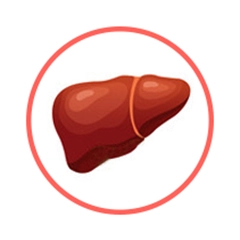
The Liver is a so-called "Zang" Organ. Learn more about the Liver in Chinese Medicine
Kidney and Liver Yin Deficiency causing Heat in the Blood
Pulse type(s): Rapid (Shu), Empty (Xu), Fine (Xi), Floating (Fu)
Tongue coating: Complete absence of coating
Tongue color: Red
Symptoms: Tinnitus Dizziness Back pain Dark Urine Night sweats
Liang Di Tang is sometimes prescribed by TCM practitioners to treat Kidney and Liver Yin Deficiency causing Heat in the Blood. This pattern leads to symptoms such as dizziness, tinnitus, night sweats and back pain. Patients with Kidney and Liver Yin Deficiency causing Heat in the Blood typically exhibit rapid (Shu), empty (Xu), fine (Xi) or floating (Fu) pulses as well as a red tongue with complete absence of coating.
Learn more about Kidney and Liver Yin Deficiency causing Heat in the Blood
Formulas similar to Liang Di Tang
Zeng Ye Tang is 50% similar to Liang Di Tang
Di Gu Pi Yin is 50% similar to Liang Di Tang
Yang Yin Qing Fei Tang is 50% similar to Liang Di Tang
Zeng Ye Cheng Qi Tang is 50% similar to Liang Di Tang
Wu Shi Lian Mei Tang is 50% similar to Liang Di Tang
Bai He Gu Jin Tang is 40% similar to Liang Di Tang

